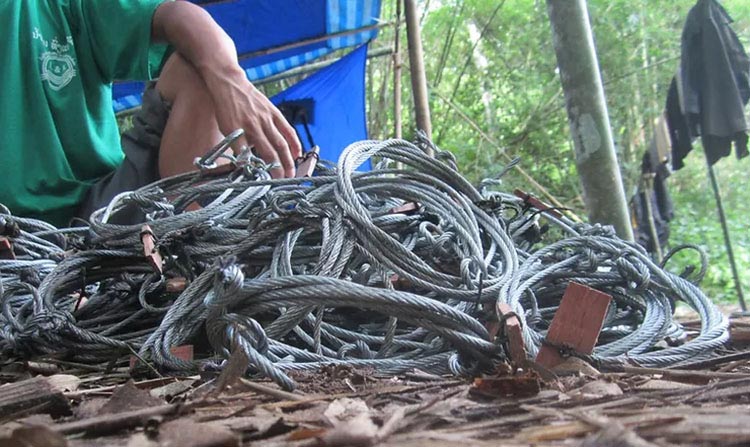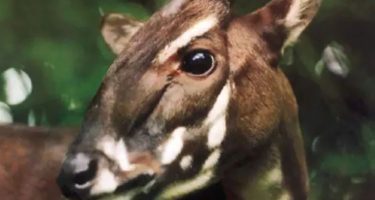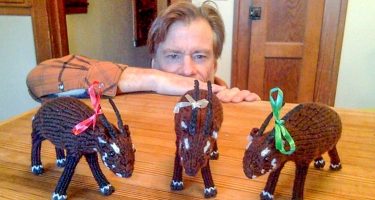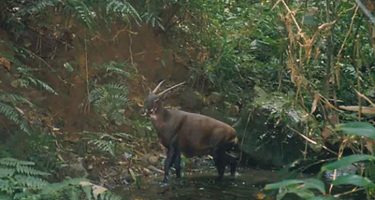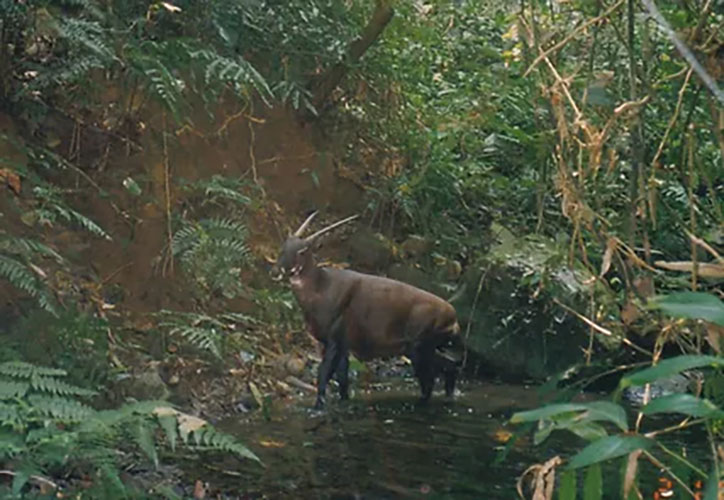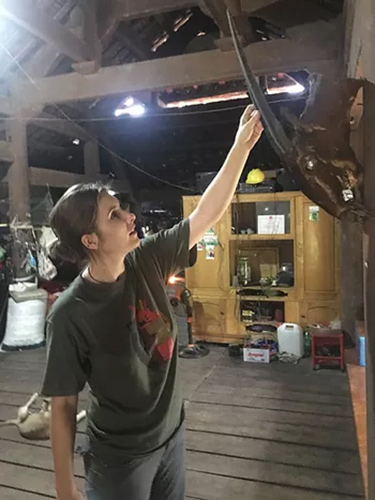The enigmatic Saola and the Annamite Mountains
By Rob Timmins, March 2020
The Saola is nothing if not enigmatic. Much like an antelope in appearance, its present-day relatives are wild cattle such as bison and oxen. The sole representative of the genus Pseudoryx, this quiet, shy creature has hidden in the Annamite Mountain rainforests for millions of years, little changed since before humans even evolved. In fact, Saola have probably existed in much the same form, on just a tiny fraction of the earth’s surface, for millions of years, predating the origins of our own genus, Homo.
The Annamite Mountains are as spectacularly distinctive as this enigmatic inhabitant. A combination of geography and climate and the stability of these systems over geologic timescales, in contrast to radical changes in surrounding ecosystems, have driven a process of both relative evolutionary stasis and isolated evolutionary advancement in the Annamites. The latter process is akin to that described by Charles Darwin in the Galapagos and Alfred Russel Wallace in the Malay Archipelago. Isolated forests subjected to unique environmental conditions over long periods of time become an evolutionary factory for endemic species. This is what we see in the Annamites today. Consequently, the Annamite Mountains, forming much of the border between Lao PDR and Vietnam, experiencing both continental and coastal weather systems and surrounded by areas of human impact, are one of the most biologically diverse and unique regions in the world.
Whilst much of the rest of life on Earth busily evolved, and eventually humans came into existence, deep in the Annamite Mountains, the Saola and other evolutionary ‘enigmas’ from the past, like the Annamite Striped Rabbit, have thrived without the need to radically change.
It is only in the last half-century that the Saola’s existence became seriously threatened, by the encroachment of humans and their technology.
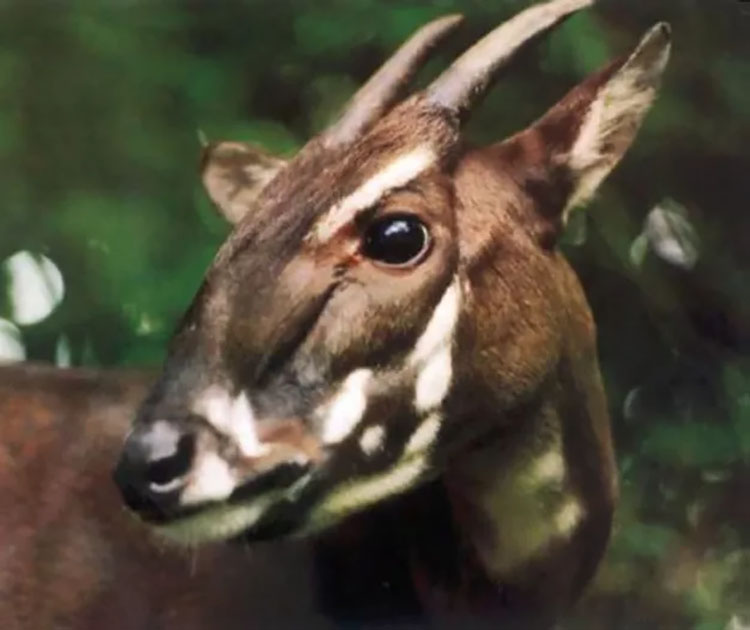
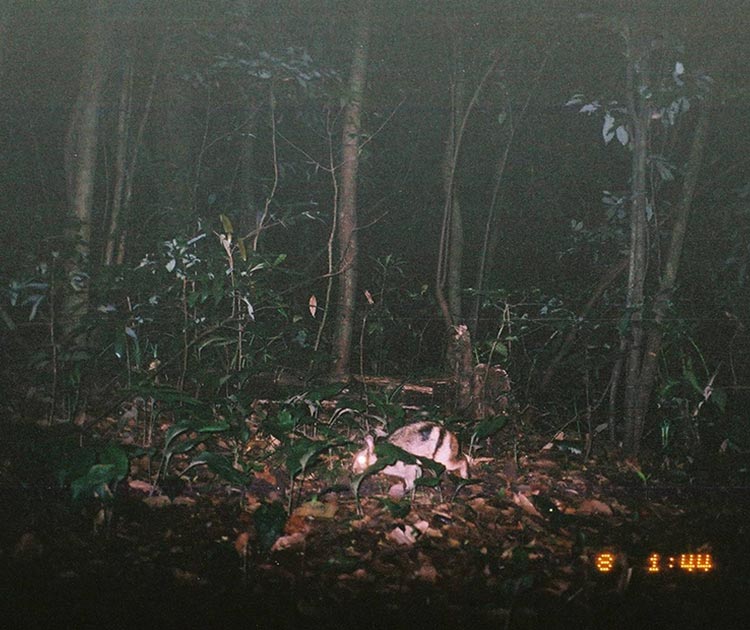
The current rarity and high degree of endangerment of Saola is attributable to a wildlife exploitation epidemic in Southeast Asia. Most devastating has been the advent of industrial-scale wildlife snaring in the late 1980s and early 1990s. We call it ‘industrial-scale’, because literally tens of millions of snares, interspersed in tens of thousands of miles of brush fence lines, have been set within the range of Saola over the last 30 years. This rampant hunting is fueled by demand for species valued in the commercial trade for bushmeat and traditional medicines. The Saola has relatively low economic value, with edible meat and horns that can be sold as ‘curios’. Despite this, Saola, through traits of their ecology and behavior, are especially sensitive to snares set for other mammals, and to hunting with dogs.They have been affected disproportionately and fared far worse than some other species, such as wild pigs and civets.
So few Saola remain in the wild, that to save the Saola from extinction we must find and capture the last remaining animals and, using the best of modern knowledge and technology, breed those animals in a state-of-the-art breeding facility, and ultimately restore wild populations into secure areas of native range.
Please, consider donating and join our cause.
